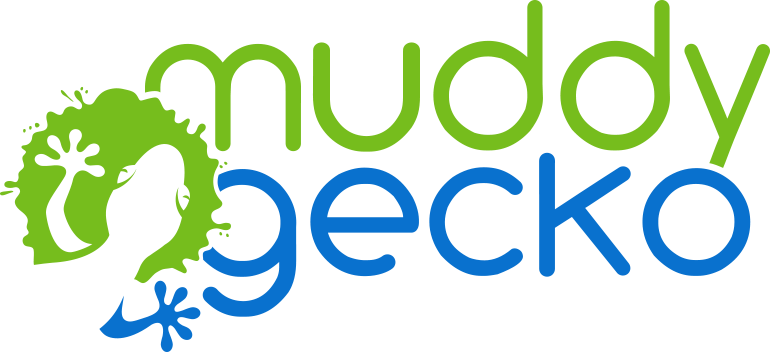Stories have always mattered, whether we are the listeners or the tellers. Stories connect us to ourselves, to our time, and to the people, we care about. We all share a built-in skepticism for anything that is non-story. Our hardwired wariness crosses cultural and generational segments. There’s that instant reflex that occurs when we read something that strikes us as either false or inauthentic. (Interestingly, “authenticity” comes from the same root word as “author.”) The most effective marketing has always told a story, engaged us in a conversation, listened to us, and solved a problem.
Content Marketing is simply about telling the story your audience wants to hear. This means thought leadership: white papers and ebooks for brand differentiation, positioning companies as industry thought leaders, or more simply, as experts.
In the fragmented marketplace, this is more effective than ever. According to Brafton, 60 percent of business decision-makers say branded content helps them make better purchase decisions. And the BlogHer Social Media Matters study noted that 24% of the U.S. population said they make purchases based on blogs.
Content makes brands more discoverable, by improving SEO and SEM. For SEO, Google has moved away from backlinks in determining organic rankings. Today, relevant content and social engagement carry the weight. For SEM, your position is determined by your bid and quality score, so the latter is obviously critical. Quality score is determined by how relevant your keywords, ads, and site are, which again, has much to do with consistent, quality content. The bottom line is that it works: 80% of business decision-makers say they prefer company information in articles versus advertisements (GFK).
Every Company is a Media Company
Today, content publishers include traditional media companies, aggregators, agencies and the brands themselves. Brands are continually pushing out a variety of messaging to boards, shareholders, employees, partners, and customers. With this amount of content being produced, it’s time they reorganized like publishers — with assignments, content architecture, schedules —and an “editorial perspective.
An “editorial” (as opposed to a “marketing”) perspective allows brands to align with the consumer using narrative, the discipline of content publishing, and the deep cultural storytelling attributes of journalism.
An editorial perspective means:
1. Thinking about what the audience wants to hear.
2. Telling a compelling story.
3. Consistently publishing stories to keep the reader engaged.
To cut through the skepticism of brand marketing, Qualcomm has focused on content publishing. Publisher Liya Sharif: “The key to successful content marketing lies in a sound editorial vision behind cutting-edge brand journalism and a blended content strategy.”
Major brands like GE have bypassed agencies and become publishers working directly with content developers and aggregators. GE has hired senior business executives with digital media chops to run their content publishing shops in the style of traditional newsrooms. REI was an early leader in the field of content marketing and used it to define their brand. Their site features a rich media LEARNING section. How-to and aspirational video content is published in series form and distributed on a regular schedule through their now formidable social channels.
Social Publishing
Once you have content, it needs to be distributed. A tactical “editorial calendar” approach channels content through Facebook, Pinterest, Twitter, and email campaigns. Like a traditional editorial calendar, care is taken that each channel’s content is crafted to its unique audience and is then architected in a compelling storyline. For instance, if a consumer is following a brand’s Twitter feed over the course of a year, they will receive an engaging narrative—a story—rather than a series of random dashed-off tweets.
Much online navigation has moved from traditional search to social media channels. These channels have become the wayfinding for our news, information, and buying decisions.
Marketers have long assumed that this type of content shared by friends or other influencers carries more weight than paid placements. Now GE has some proof. The brand lift was calculated based on short online survey responses to the question: “What comes to mind when you think of General Electric (GE)?”
Working with social-media site Buzzfeed, GE tested a campaign last fall in which the marketer distributed “The GE Show” video through Buzzfeed both in paid display placements and sharing. The “brand lift,” which measured the extent to which consumers said they saw GE as “creative,” was 138% higher for consumers exposed to sharing via Buzzfeed.
The value of earned media suggested by the study gives digital platforms that can demonstrate higher rates of sharing more value than those with lower rates. And sharing comes out of stories, not sales pitches.
John Miller, Editor of Marketing at Muddy Gecko
Jon Obermeyer, Poet & BDM Raleigh-Durham at Muddy Gecko

